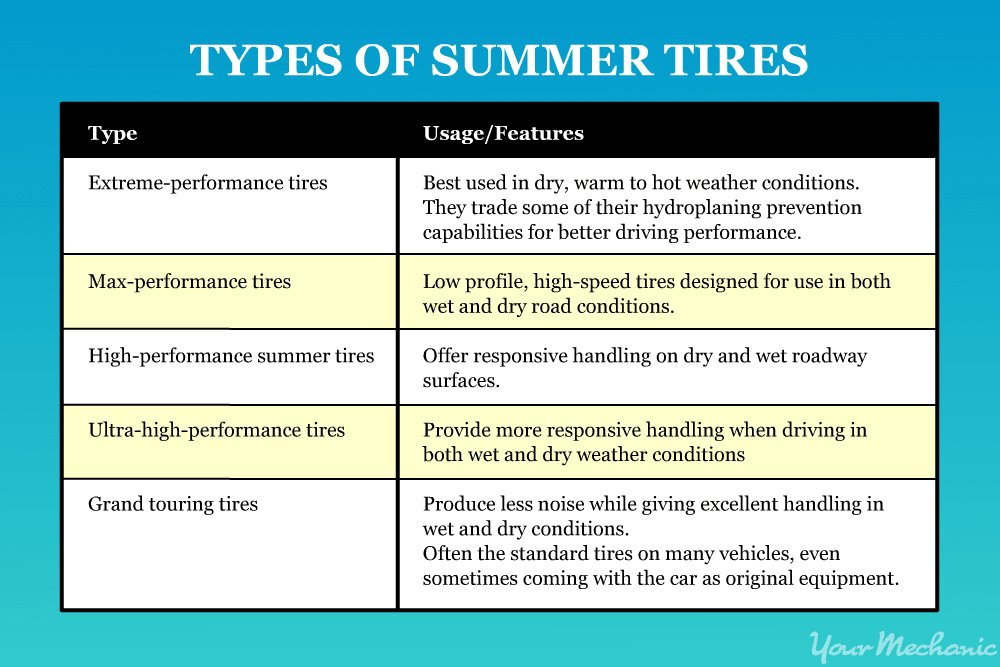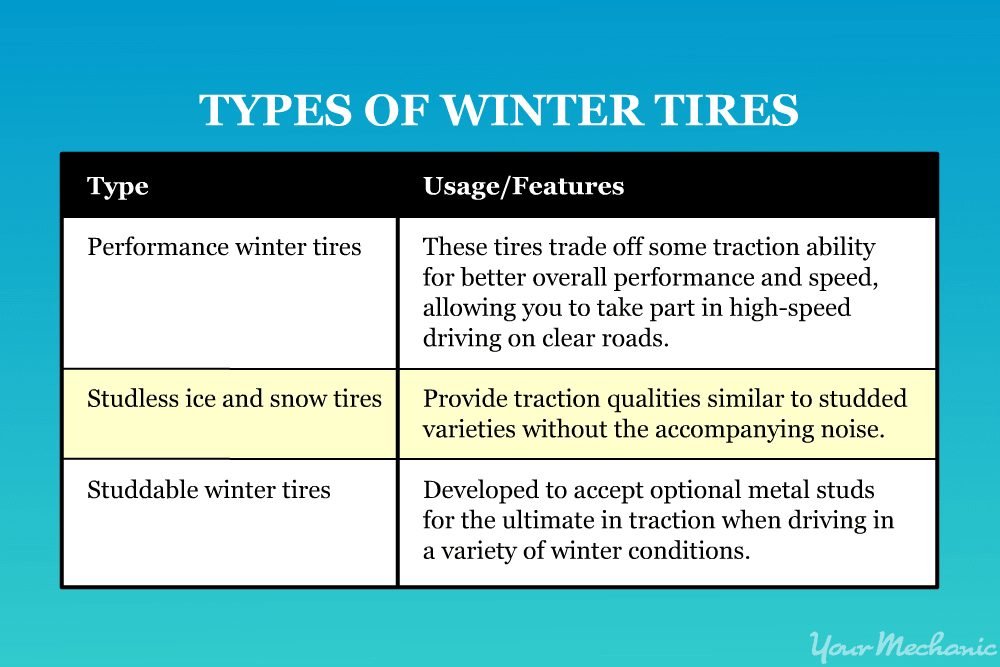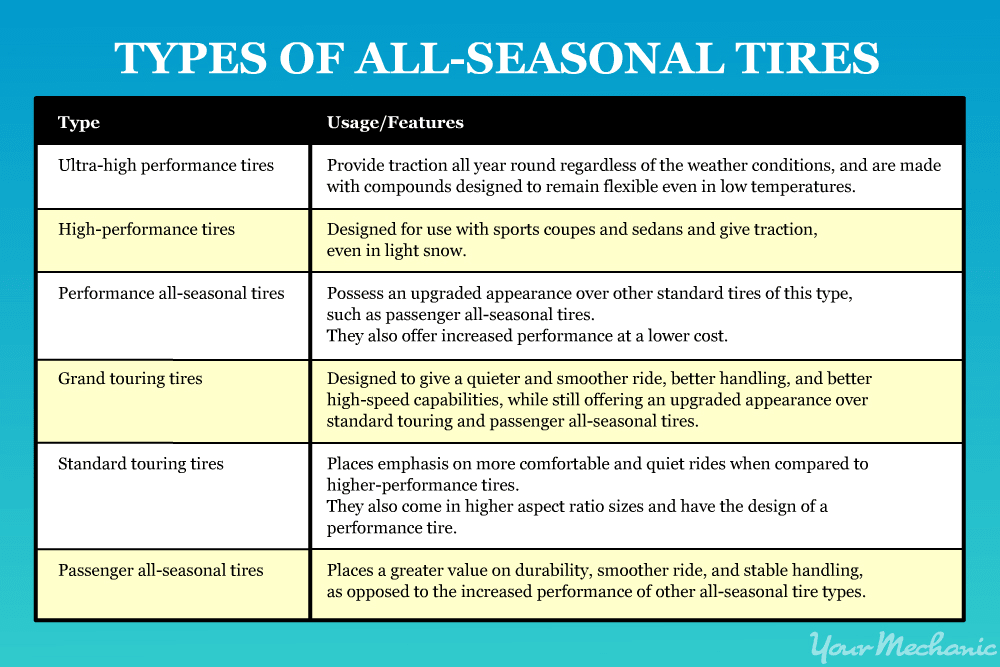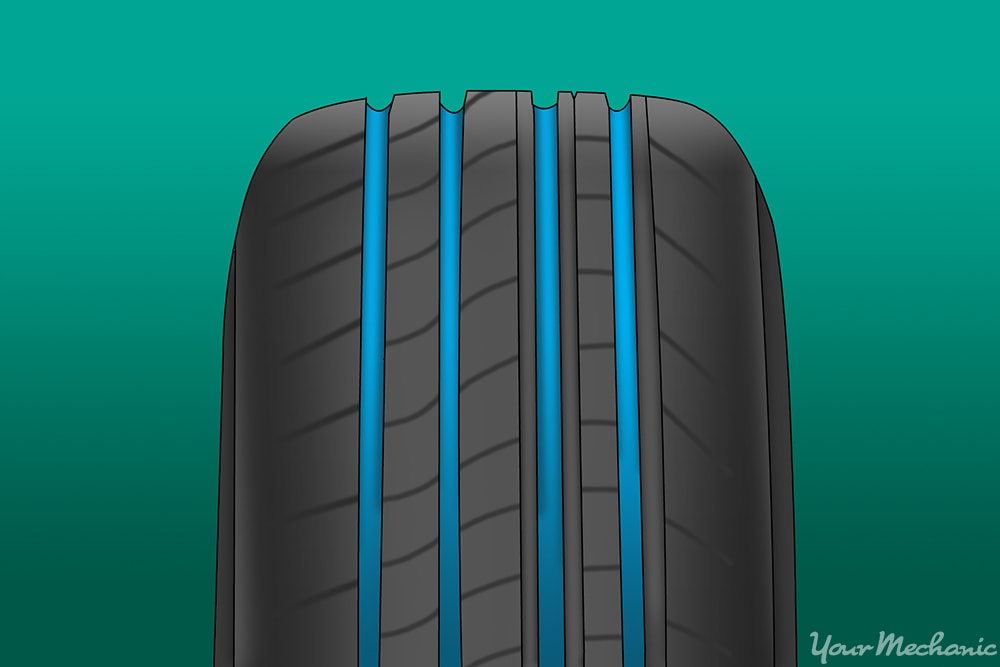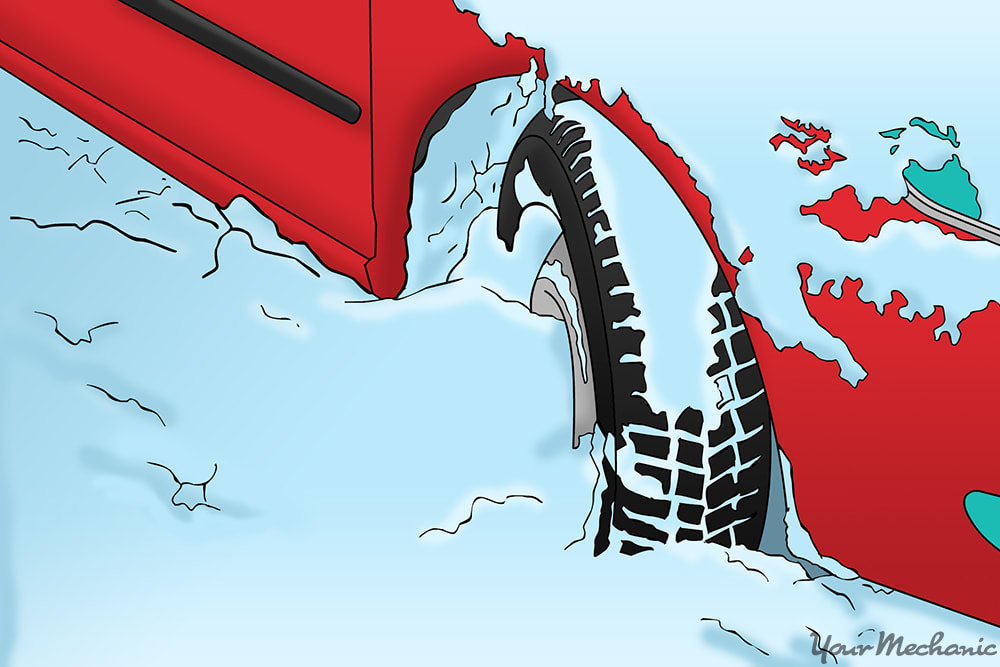

If you live in areas with changing weather patterns, you may need to change the tires on your car along with the changing seasons. While tedious at best, replacing tires can also get expensive, especially as the tires you own wear down or become damaged.
Fortunately, you can place all season tires on your car so that you can drive year round in all types of weather and driving conditions without having to change the tires on your vehicle for each season.
Use this article to understand more about all season tires and see if they are suitable for your vehicle and driving needs.
Part 1 of 4: Understand the different types of tires
When comparing the different types of tires, you have three basic models to choose from: summer, winter, and all season and within each type, you have different brands. Each tire is geared specifically to a certain weather type: summer tires for dry weather, winter tires for slippery conditions, and all season tires for both wet and dry conditions.
Type 1: Summer tires. Summer tires give your tires the grip they need when road surfaces are wet or dry.
Designed to shunt water away from the tread during wet conditions and help prevent hydroplaning, summer tires work best in the wet conditions of late spring and the hot and dry days of summer through early fall.
When buying summer tires, you have a choice of a few sub-types, including:
Type 2: Winter tires. Winter, or snow tires, provide great traction and stability when driving on ice, snow, or other inclement weather-created conditions during the cold winter months.
Some of the options available in winter tires include:
Type 3: All Season Tires. The most commonly factory-installed tire, all season tires give traction in both wet and dry conditions, as well as in lighter winter weather.
The different types of all season tires include:
Part 2 of 4: The advantages and disadvantages of all season tires
All season tires have both advantages and disadvantages when it comes to handling and performance. For the most part, all season tires work best in areas that experience milder weather. While they perform better in warm or wet weather, they lose some of their handling capabilities in sandy or extreme winter conditions, which are areas where summer and winter tires excel.
Step 1: Advantages of all season tires. All season tires have many great advantages over summer or winter tires.
They provide better performance and handling in wet conditions, as well as when encountering light snow. Depending on where you live, you can leave all season tires on your vehicle year round, saving you the expense of having to keep a set of winter tires handy.
All season tires act as a midpoint between summer and winter tires. The deeper grooves of an all season tire gives it better grip in deep water. The added durability of these tires also make them a better option over summer tires in most conditions. The only time a summer tire might make a better choice is in areas with mainly warm, dry weather with little rain.
Step 2: Disadvantages of all season tires. While an all season tire is great during most driving conditions, they do have some drawbacks.
The main drawback is that during extremely cold temperatures, the compound with which all season tires are made becomes harder and reduces the traction provided.
In addition, all season tires are designed to deal with rain, but not to handle snowy conditions. One of the main problems in driving with all season tires in snow, slush, or ice is that the treads seem to fill with snow and ice, leading to decreased traction. In such cases, a winter or snow tire would serve the purpose better. Where winter tires win out over all season tires is in areas that see significant rainfall, colder temperatures, and a need for tires that grip better in such conditions. This is especially true in areas where drivers can expect to encounter differences in elevation while driving, such as in mountainous areas that experience inclement weather during the winter season.
Part 3 of 4: What to look for in all season tires
When searching for an all season tire, keep a few factors in mind, including tire size, safety rating, price, and other factors. Once you have an idea of what you want, you can shop for all season tires for your vehicle.
Step 1: Determine tire size. The first consideration when buying a set of tires is the size of tire you need.
Depending on your vehicle, your vehicle's tire size can vary. Smaller compact cars require a much smaller tire than a larger SUV or pickup truck.
Also ensure that you consider the width of the tire you need.
- Note: Most manufacturers recommend that you do not purchase tires smaller than those that came with your vehicle. If you want to upgrade to a different-sized tire, make sure to consult with an expert mechanic before proceeding.
Step 2: Consider tire safety. Tire safety is another area of concern when purchasing a set of all season tires.
To find tire safety ratings, visit sites such as safecar.gov and TireRack.com, to check the safety ratings for a wide selection of tire brands.
You can also visit review sites, such as Tire-Reviews-Online.com, to find reviews according to tire brands or popular tire retailers.
Step 3: Check the tire price. Decide how much you want to spend on all season tires.
Keep in mind that the higher the speed and performance rating of a tire, the more you can expect to spend on it.
The added durability of all season tires also means that they usually are more expensive than standard summer tires.
Step 4: Other tire factors. While tire size, safety and cost play the most important part in choosing an all season tire, you should keep some other factors in mind as well.
Remember to look out for the following important factors while shopping for an all season tire:
Traction ratings: These rate the tire's ability to grip the road's surface. The traction ratings are A, AA, B, or C, with A or AA being the best rating.
Tread patterns: Look for treads that are open with a narrower tread for good traction and the ability to move water away from the tire surface in wet conditions.
Mileage: When shopping for tires, look for those with a guaranteed high mileage.
Most car manufacturers recommend that you replace your tires six years after their production date, regardless of the condition of your tread. If you are lucky, you can keep a set of tires on your vehicle up to 10 years, though you should examine the tread regularly to make sure it is not worn or damaged.
Part 4 of 4: Shop for all season tires
Once you know the type, size, and other criteria that you want in an all season tire, it is time to buy them. You can find all season tires through a variety of sources, including at local retail stores or online through a variety of websites.
Option 1: Shop online. One of the easiest ways to find tires is online.
The drawback to this method is that you cannot inspect the tire before buying.
Luckily, many sites give you specifications and other information on particular tire types to help you make a more informed buying decision.
Another drawback to shopping for tires online is that once you receive them, you either have to install them yourself or pay someone to do it for you.
Some websites that sell all season tires include Goodyear Tires, 1010tires.com, and Amazon.com.
Option 2: Buy all season tires from local retailers. Another option is to purchase your all season tires from a retailer in your area.
The advantage of using a local retailer is that once you buy them, you can get the retailer to install them for you.
When making a purchase, keep in mind that you will need to buy additional rims if you plan on buying an extra set of all season tires.
Choosing a set of all season tires to install on your vehicle is quick and easy if you know what to look for. Keep in mind that all season tires are great if you expect to frequently encounter wet to dry conditions. These tires can also function well in light snow, but they don't do as well in extreme cold.
If you need to discuss what type of tires are right for your vehicle, consult one of the certified mechanics at YourMechanic to find out more information.


